Have you ever tried to fix something, had that Eureka! Moment and found a problem that would explain why it did not work, then fixed the problem only to find out that was not the problem after all? You put it back together, confident you finally fixed it, only to see the same problem return. Sure, it worked better, but it still has a problem. Ugh!
I was noticing that my tractor was occasionally not running correctly. I thought I heard the tell tale sound of a head gasket leak several times. I checked the torque of the heads, and sure enough, some of the head bolts were slightly tighter than finger tight. I re-torqued the head bolts and the noise was gone. This, I thought, may explain why the tractor did not always run well under a load. I confidently used the tractor thinking the problem was gone. The noise was gone, and it did run better, but, the same problem of stumbling under a load returned.
In a modern engine, the on board diagnostic computer will pinpoint problems. With a scan tool, a technician can read trouble codes, live data from sensors and use software to direct them to the specific problem. With older equipment, problem solving requires some real problem solving skills.
An internal combustion engine needs compression, fuel and spark to run. As simple as it sounds, there is plenty that can go wrong and cause poor performance.
I went back to trying to diagnose the problem with my tractor. I checked the compression, and it was exactly what it should be for an engine in good mechanical condition.
I suspected the condenser was the problem. After a recent snow storm I tried to snow blow the driveway with the tractor. It stumbled and had very little power. I checked the carburetor and found it was in need of a cleaning. The condition of the carburetor was enough to justify the poor performance of the tractor. While I had the carburetor apart I also pulled the points and condenser and inspected them. The points were very pitted and corroded. I was actually a bit surprised the engine could run with the points as corroded as they were. The condenser did not have the right resistance, so it too was faulty.
When the tune up was done the tractor ran much better, had more power and idled smoothly. The carburetor, points and the con-denser each could have caused the poor performance of the engine. So, what was the main problem? I will never know.
Editor’s notes… Funny the subject of tractors comes up. The one I have had for 16 years recently had a starter problem. After tearing it apart and experimenting several times I went back to it’s home where I bought it in Canada for some advice. When that advice didn’t work out I visited an American dealer for advice… and two more tear-downs later, still no go. I have given up and a re-manufactured unit is on it’s way from mid-west, USA. By now I don’t care if I know the problem, I just want to cut wood and remove a foot of driveway snow. Your right Dave… Ugh!
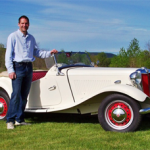 Please email all inquiries to: Dave
Please email all inquiries to: Dave
or snail mail
32 Turkey Hill Road
Richmond VT 05477










 From time to time some of my friends and I discuss young people and talk about things that they will never have or never do or just what is different from our generation to theirs’. I am reminded that that is what ‘old’ people do and have done for centuries. I guess I would use the word, ‘matured’ rather than old.
From time to time some of my friends and I discuss young people and talk about things that they will never have or never do or just what is different from our generation to theirs’. I am reminded that that is what ‘old’ people do and have done for centuries. I guess I would use the word, ‘matured’ rather than old.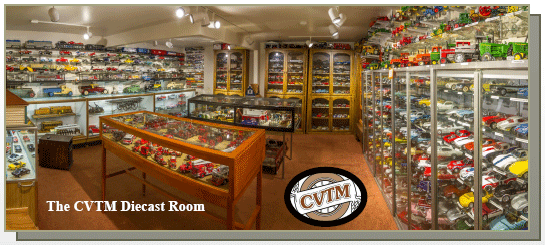
 This month, I am talking about my tool box, or rather, my tool boxes. I have three tool boxes, lined up to each other side by side. On the farthest right side I have my first tool box. It is an inexpensive Craftsman tool box that I have had since I was a young teenager. For years this sat next to my work bench. Whatever did not fit in this box or the drawers of my work bench was hung up on the garage walls. This tool box now holds tools that I seldom use. These tools include things like my air conditioning tools, brake tools, and engine rebuilding tools. Some tools sit in this tool box for a year or more with no use.
This month, I am talking about my tool box, or rather, my tool boxes. I have three tool boxes, lined up to each other side by side. On the farthest right side I have my first tool box. It is an inexpensive Craftsman tool box that I have had since I was a young teenager. For years this sat next to my work bench. Whatever did not fit in this box or the drawers of my work bench was hung up on the garage walls. This tool box now holds tools that I seldom use. These tools include things like my air conditioning tools, brake tools, and engine rebuilding tools. Some tools sit in this tool box for a year or more with no use.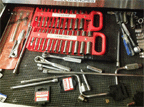 No toolbox should be without sockets too. I have both 6 point and 12 point sockets, in both standard and deep socket. I have these socket sets in Metric, SAE and BSF (British Whitworth). I have these sockets in 1/4″, 3/8″ and 1/2″. All of my 1/4″ sockets have their own drawer, as do my 3/8″, 1/2″ and 3/4″ sockets.
No toolbox should be without sockets too. I have both 6 point and 12 point sockets, in both standard and deep socket. I have these socket sets in Metric, SAE and BSF (British Whitworth). I have these sockets in 1/4″, 3/8″ and 1/2″. All of my 1/4″ sockets have their own drawer, as do my 3/8″, 1/2″ and 3/4″ sockets.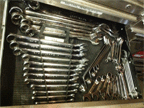 I have an assortment of specialty tools that I have purchased from auto parts stores, these were usually tools that I needed to finish a project.
I have an assortment of specialty tools that I have purchased from auto parts stores, these were usually tools that I needed to finish a project.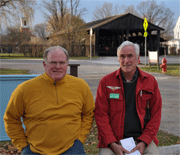 The VAE is returning to the
The VAE is returning to the 